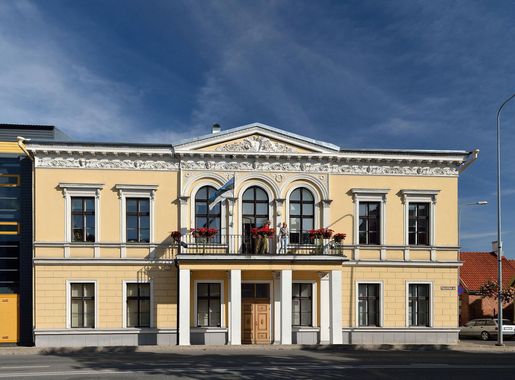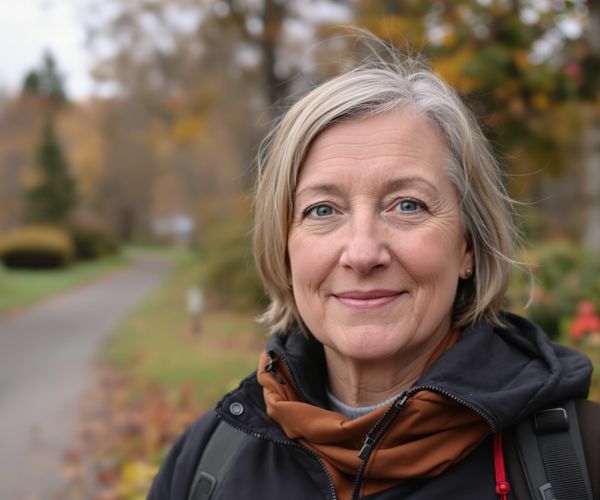
Viljandi: The Hidden Gem of Estonia
Discover Viljandi, Estonia's hidden gem, where history, culture, and nature converge in a picturesque setting that's perfect for a memorable getaway.
Viljandi is a charming town nestled in the heart of Estonia. Known for its rich cultural heritage and picturesque landscapes, this city offers a unique blend of history and natural beauty. As you wander through its cobblestone streets, you'll feel as though you've stepped back in time. The medieval ruins of Viljandi Castle provide a glimpse into the city's storied past, while the serene Lake Viljandi offers a peaceful retreat for nature lovers. Cultural enthusiasts will delight in the various festivals that take place throughout the year, including the renowned Viljandi Folk Music Festival. This event draws musicians and visitors from around the world, creating a vibrant atmosphere that is truly unforgettable. The city's museums and galleries provide further insight into its artistic and historical significance. For those seeking adventure, Viljandi is surrounded by lush forests and hiking trails that are perfect for exploration. The local cuisine is another highlight, with cozy cafes and restaurants serving up delicious Estonian dishes. Whether you're a history buff, nature lover, or simply looking for a relaxing getaway, Viljandi has something to offer everyone.
Local tips in Viljandi
- Visit the Viljandi Castle ruins early in the morning to avoid crowds and enjoy the serene atmosphere.
- Attend the Viljandi Folk Music Festival if you're visiting in summer for a unique cultural experience.
- Take a walk around Lake Viljandi for stunning views and a peaceful escape.
- Try local Estonian dishes at small, family-owned restaurants for an authentic dining experience.
- Explore the hiking trails in the surrounding forests for a taste of Estonia's natural beauty.
Viljandi: The Hidden Gem of Estonia
Viljandi is a charming town nestled in the heart of Estonia. Known for its rich cultural heritage and picturesque landscapes, this city offers a unique blend of history and natural beauty. As you wander through its cobblestone streets, you'll feel as though you've stepped back in time. The medieval ruins of Viljandi Castle provide a glimpse into the city's storied past, while the serene Lake Viljandi offers a peaceful retreat for nature lovers. Cultural enthusiasts will delight in the various festivals that take place throughout the year, including the renowned Viljandi Folk Music Festival. This event draws musicians and visitors from around the world, creating a vibrant atmosphere that is truly unforgettable. The city's museums and galleries provide further insight into its artistic and historical significance. For those seeking adventure, Viljandi is surrounded by lush forests and hiking trails that are perfect for exploration. The local cuisine is another highlight, with cozy cafes and restaurants serving up delicious Estonian dishes. Whether you're a history buff, nature lover, or simply looking for a relaxing getaway, Viljandi has something to offer everyone.
When is the best time to go to Viljandi?
Iconic landmarks you can’t miss
Estonian Traditional Music Center
Experience the heart of Estonian culture at the Estonian Traditional Music Center, a vibrant hub of folk music, concerts, and cultural events in Viljandi.
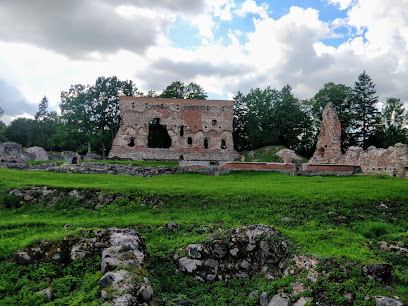
Viljandi Castle Hill
Explore Viljandi Castle Hill, a stunning medieval landmark in Estonia, offering breathtaking views and a glimpse into the region's rich history.
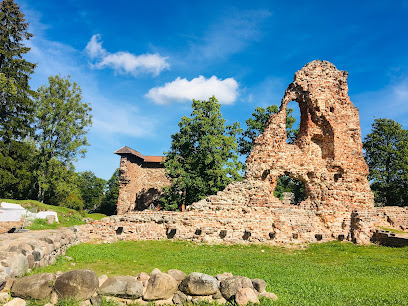
Viljandi vana veetorn
Explore the iconic Viljandi Old Water Tower, a historical gem offering breathtaking views and rich cultural insights in the heart of Estonia.
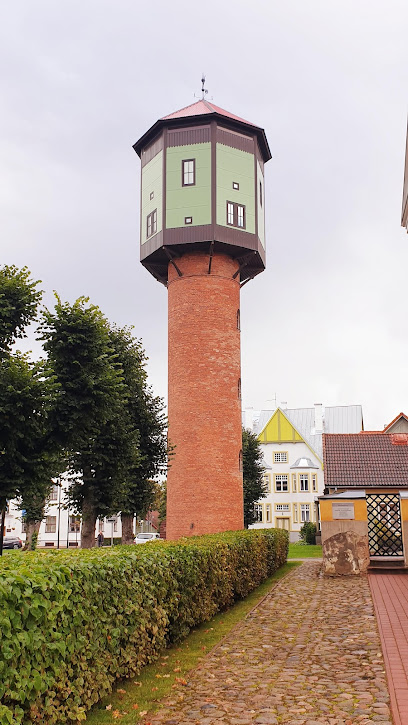
Kondase Keskus
Explore the rich cultural heritage of Estonia at Kondase Keskus, a unique museum in Viljandi showcasing local history and art.
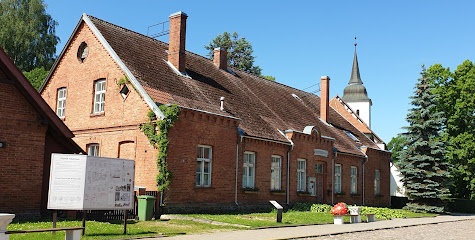
Viljandi Suspension Bridge
Explore the stunning Viljandi Suspension Bridge, a beautiful architectural gem in Estonia, offering breathtaking views and a glimpse into local heritage.
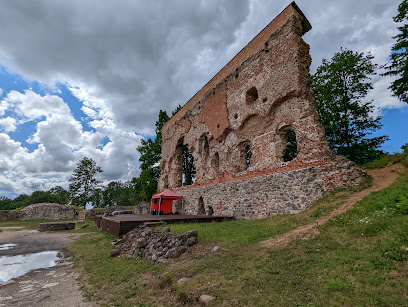
Schloss Fellin
Experience elegance and serenity at Schloss Fellin, a historic manor house in Viljandi offering fine dining, luxurious accommodations, and a tranquil spa.
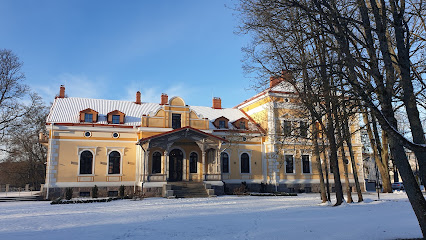
Vinoteek Mulks
Discover the charm of Viljandi at Vinoteek Mulks, where exquisite wines and a welcoming atmosphere create the perfect evening retreat.
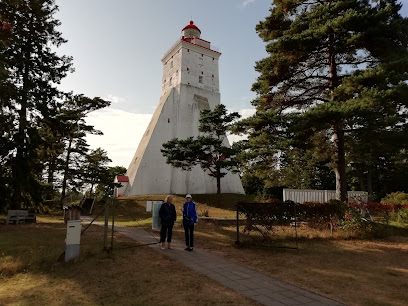
Viljandi Castle Ruins
Discover the enchanting Viljandi Castle Ruins, a historical gem in Estonia, where medieval architecture meets breathtaking landscapes.
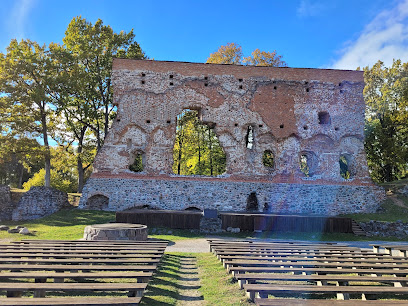
Viljandi Museum
Explore the vibrant history and culture of Estonia at the Viljandi Museum, where local traditions come to life in engaging exhibits.
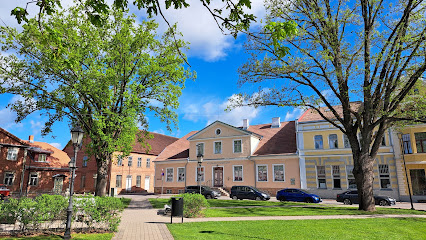
Viljandi järve rand
Experience the serene beauty of Viljandi Lake Beach, a perfect blend of relaxation and recreation in the heart of Estonia.
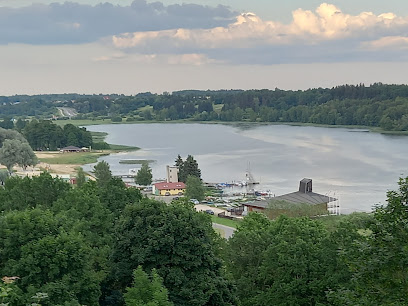
Viljandi lossimäed
Experience the breathtaking views and rich history at Viljandi Lossimäed, a scenic peak in Estonia's enchanting Viljandi County.
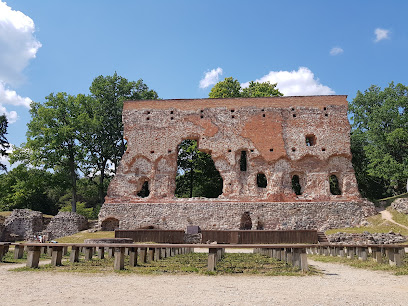
Equestrian statue of General Johan Laidoner
Explore the Equestrian Statue of General Johan Laidoner in Viljandi, a stunning historical monument celebrating Estonia's fight for independence.
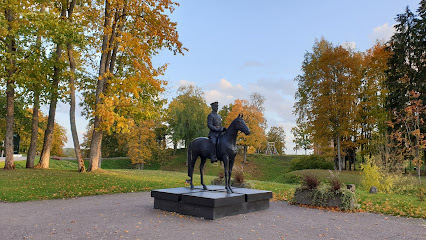
J. Laidoneri plats
Experience the vibrant atmosphere of J. Laidoneri Plats in Viljandi, Estonia, where history and culture come together in a charming town square.
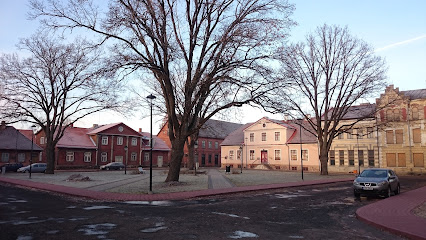
Raekoja plats
Experience the vibrant culture and stunning architecture of Raekoja Plats, the historic town square in Viljandi, Estonia.
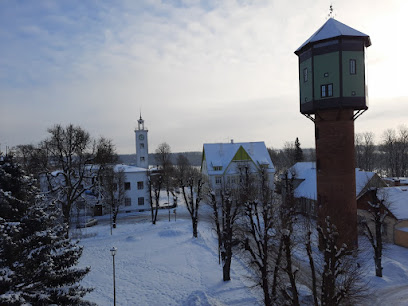
Vabaduse plats
Explore Vabaduse Plats, the charming town square of Viljandi, where history meets vibrant community life in Estonia’s picturesque landscapes.

Unmissable attractions to see
Riisa nature trail
Experience the serene landscapes of Estonia at Riisa Nature Trail, a haven for hikers and nature lovers in Pärnu County.
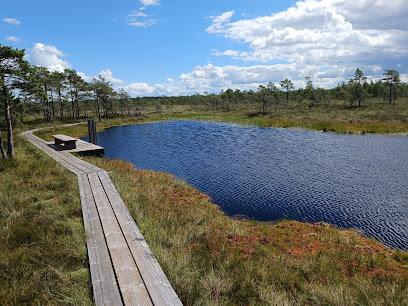
Lake Viljandi
Experience the serene beauty of Lake Viljandi, a perfect destination for nature lovers and cultural explorers in Viljandi County, Estonia.
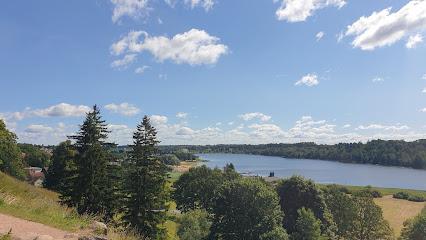
Viljandi Villad
Explore the serene beauty of Viljandi Villad in Estonia, a perfect destination for nature lovers and tranquility seekers.
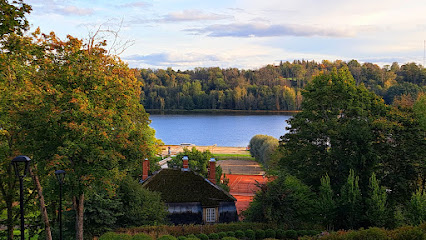
Vabaduse plats, Viljandi
Explore the vibrant Vabaduse Plats in Viljandi, where history, culture, and community come together in a picturesque Estonian town.
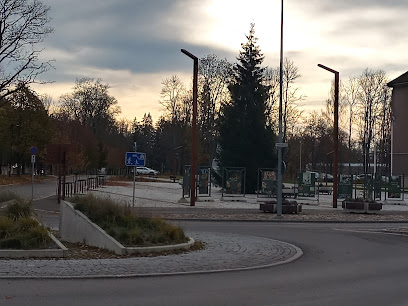
Viljandi Ilmapuu
Explore the tranquil beauty of Viljandi Ilmapuu, a serene tourist attraction in Estonia, perfect for nature lovers and cultural enthusiasts.
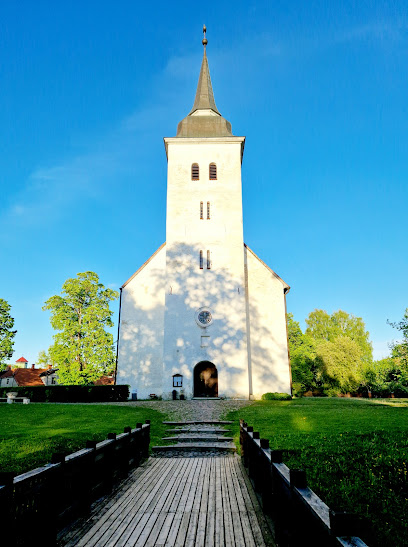
Kõrgemäe tänav
Explore the tranquil beauty of Kõrgemäe Street in Viljandi, where history and nature come together in a picturesque setting.
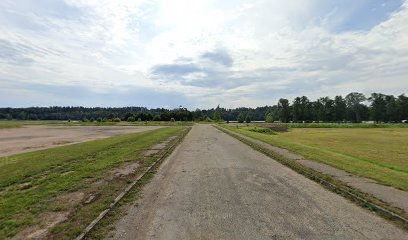
Patsas
Explore the stunning architecture and serene landscapes of Patsas, a captivating tourist attraction in the heart of Viljandi, Estonia.
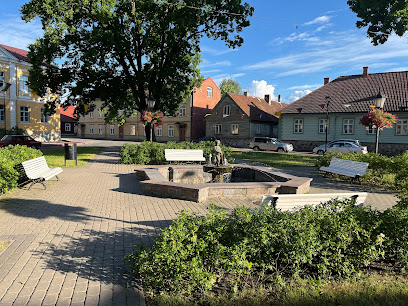
Skulptuur “Naissarvik”
Explore the stunning Skulptuur 'Naissarvik' in Viljandi, a unique artistic landmark celebrating Estonian culture and heritage.
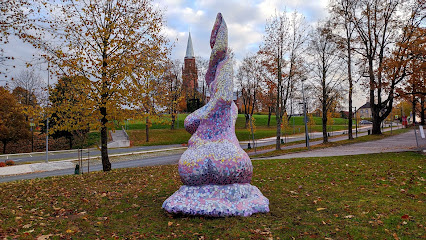
Viiratsi laululava
Discover the enchanting Viiratsi Laululava, a scenic outdoor amphitheater in Viljandi County, perfect for cultural events and serene nature walks.
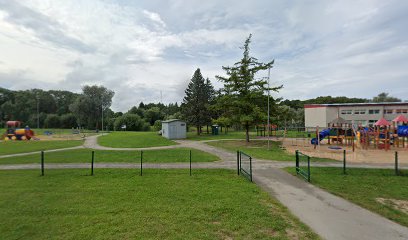
Trepimägi Viljandis
Experience the breathtaking views and serene nature of Trepimägi in Viljandi, a must-visit destination for nature lovers and outdoor enthusiasts.
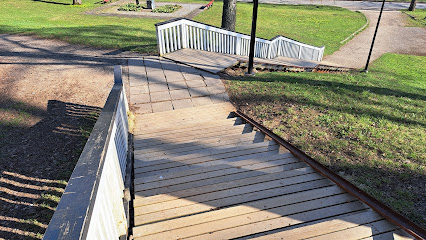
Uueveski laululava (era)
Experience the enchanting Uueveski Laululava in Viljandi, a cultural hub surrounded by nature, perfect for music lovers and outdoor enthusiasts.
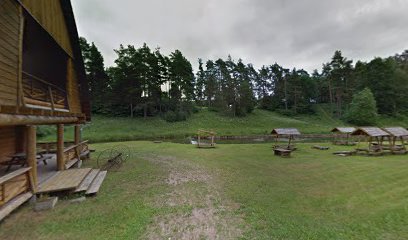
Viljandi laululava
Experience the magic of Viljandi Laululava, a stunning open-air concert venue in the heart of Estonia, surrounded by breathtaking nature and rich culture.

Viljandi tikuvabriku veetorn
Discover the historic Viljandi Water Tower, a stunning landmark offering panoramic views and a glimpse into Estonia's rich industrial heritage.
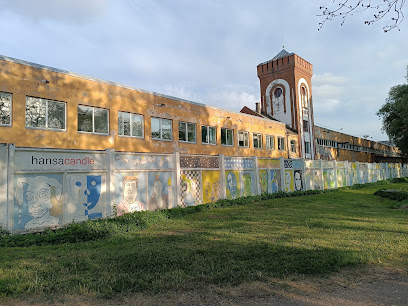
Muuseumi hoov
Explore the tranquil Muuseumi Hoov park in Viljandi, where nature meets history in a serene setting perfect for relaxation and leisure.
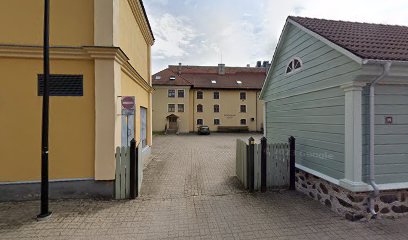
Martin Kleini monument
Explore the Martin Kleini monument in Viljandi, a historical tribute nestled in beautiful landscapes, reflecting Estonia's rich cultural heritage.
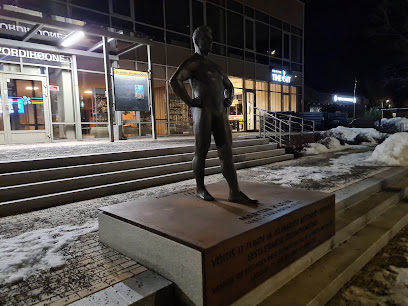
Essential places to dine
Rimi Hyper
Explore Rimi Hyper in Viljandi: A vibrant hypermarket offering groceries and delicious pizza takeaway for all your shopping needs.
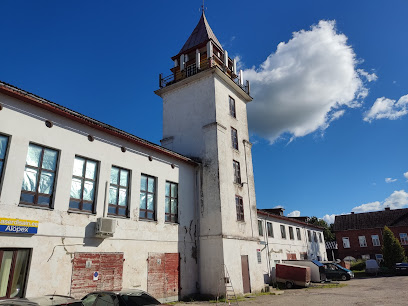
Fellin
Discover the authentic flavors of Estonia at Fellin in Viljandi – where tradition meets modern dining.

Armeenia Köök Soso Juures
Discover authentic Armenian cuisine in Viljandi at Armeenia Köök Soso Juures - where rich flavors meet warm hospitality.
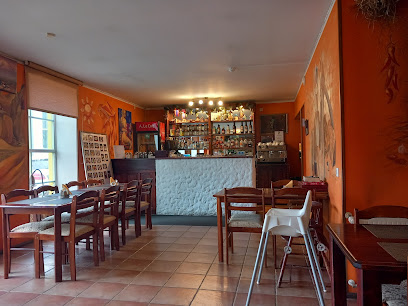
Tegelaste Tuba
Experience authentic Estonian hospitality at Tegelaste Tuba – a family-friendly pub serving delightful local cuisine in the heart of Viljandi.

Amrita Cafe
Discover the flavors of Italy at Amrita Cafe in Viljandi—where delicious pizza meets exquisite coffee in an inviting setting.
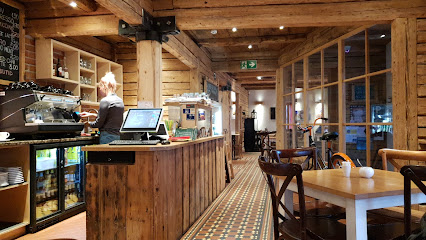
Rohelise Maja pood ja kohvik
Experience the essence of Estonian cuisine at Rohelise Maja Pood ja Kohvik in Viljandi - where cozy atmosphere meets delightful flavors.
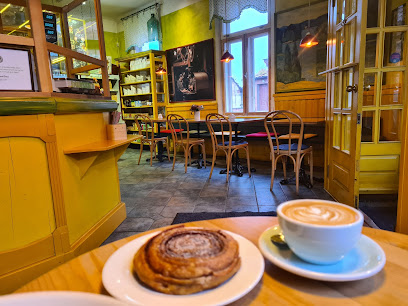
Raudnaela Kõrts
Experience authentic Estonian cuisine at Raudnaela Kõrts in Viljandi – where tradition meets taste in a cozy atmosphere.
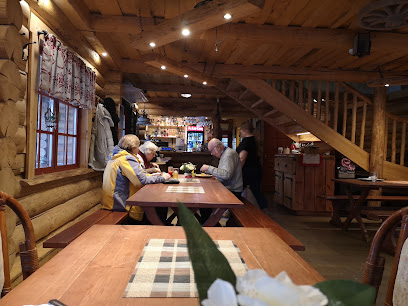
Männimäe Rimi mini
Explore Viljandi's local flavors at Männimäe Rimi Mini—your go-to grocery store and pizza takeaway in Estonia.
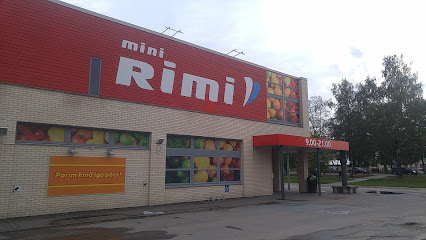
Cafe Viljandi
Discover the charm of Café Viljandi, where delightful breakfasts and aromatic coffees meet warm community spirit in Estonia's picturesque town.
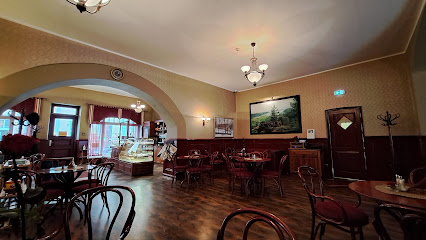
Park Hotell Viljandi
Discover comfort and culinary excellence at Park Hotell Viljandi - your serene escape in Estonia's charming landscape.

koduKOHVIK
Explore koduKOHVIK in Viljandi: A delightful restaurant offering local flavors and unique gifts amidst a charming atmosphere.
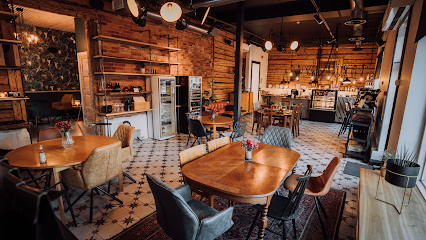
MUNAL ASIA RESTORAN
Experience authentic Asian cuisine at Munal Asia Restoran in Viljandi - where every dish tells a story.
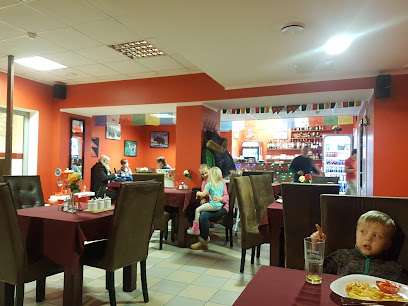
Hesburger
Discover fast food bliss at Hesburger in Viljandi - where delicious burgers meet local flavors!
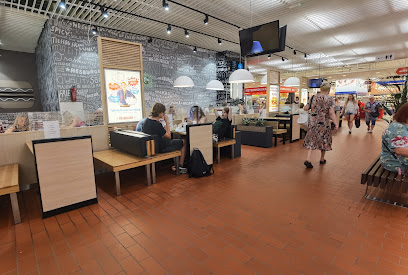
Vaga Mama
Discover the heart of Estonian cuisine at Vaga Mama in Viljandi – where local flavors meet warm hospitality.
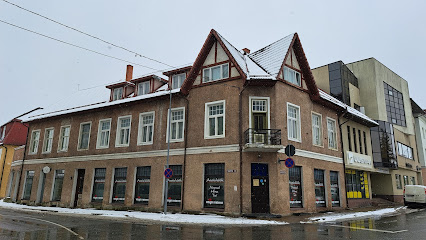
Aida Kohvik
Discover the essence of Estonian cuisine at Aida Kohvik - where cozy ambiance meets delightful flavors in the heart of Viljandi.
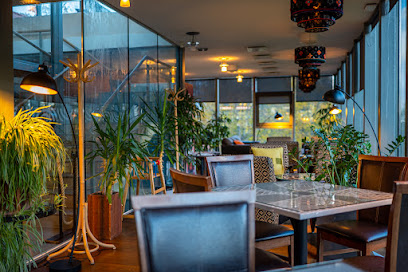
Markets, malls and hidden boutiques
Viljandi Paalalinna Maksimarket
Explore Viljandi Paalalinna Maksimarket: A vibrant hypermarket in Estonia offering diverse products and local specialties for an unforgettable shopping experience.
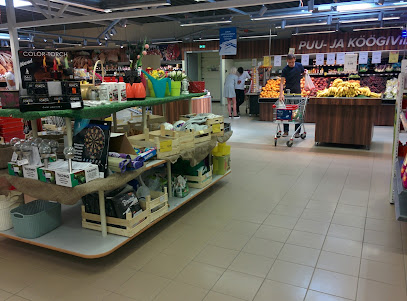
Centrumi Selver
Explore local flavors and unique products at Centrumi Selver, Viljandi's premier supermarket and grocery destination.
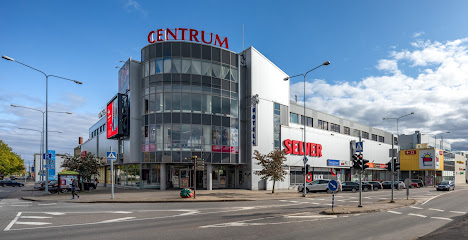
Centrum
Explore Centrum in Viljandi, where diverse shops meet a vibrant atmosphere, perfect for tourists seeking unique souvenirs and local culture.
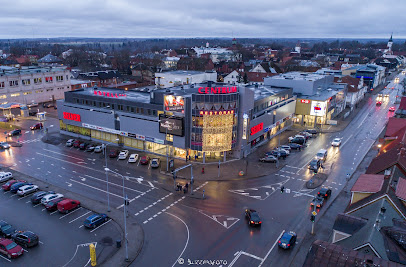
A1000 Market Viljandi
Discover A1000 Market in Viljandi, a vibrant grocery store and shopping mall with local flavors and a friendly atmosphere.
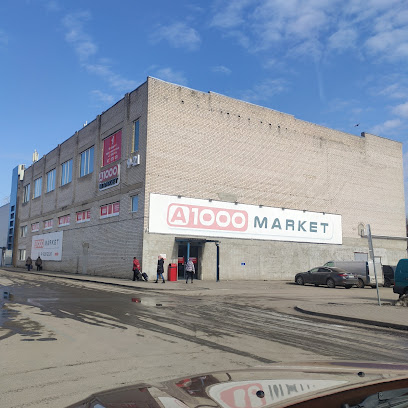
Viljandi market
Explore Viljandi Market: A vibrant gathering place showcasing fresh produce, local crafts, and authentic Estonian culture in the heart of Viljandi.
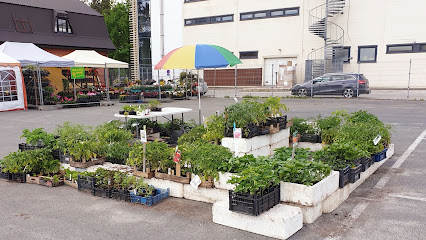
Grossi Toidukaubad
Explore the vibrant produce market of Grossi Toidukaubad in Viljandi, offering fresh local flavors and authentic Estonian culinary delights.
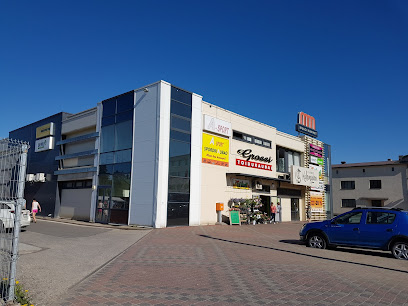
UKU Center
Explore the vibrant UKU Center in Viljandi, a shopping mall offering everything from fashion to electronics, with delightful dining options to enjoy.
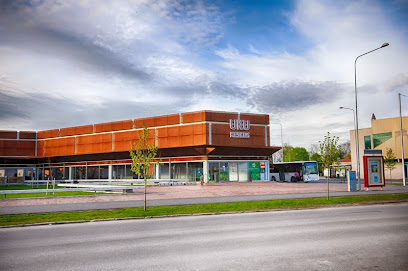
Viljandi Kaubamaja
Discover the vibrant shopping experience at Viljandi Kaubamaja, where local culture meets a diverse selection of products in the heart of Estonia.
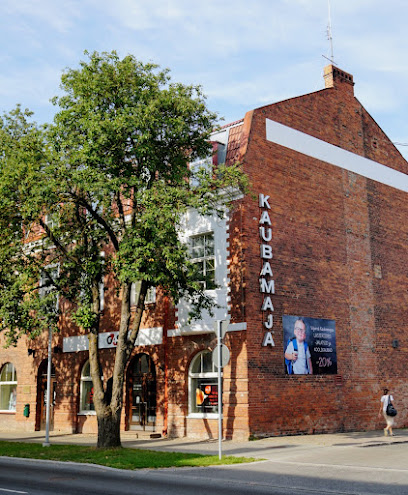
Koidu Konsum
Discover the charm of local shopping at Koidu Konsum in Viljandi, offering fresh produce, local delicacies, and everyday essentials for travelers.
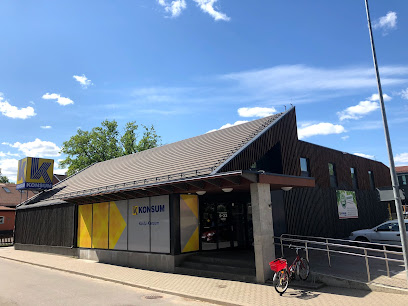
Realiseerimiskeskus Viljandi
Explore Realiseerimiskeskus Viljandi for unbeatable discounts on local crafts, household goods, and unique souvenirs in the heart of Viljandi.
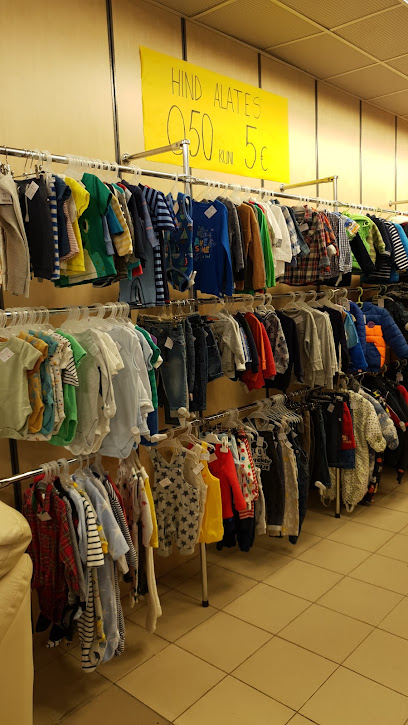
Kivi Pagar
Discover the delightful flavors of Kivi Pagar, Viljandi's favorite bakery offering artisanal pastries and a cozy ambiance for every visitor.
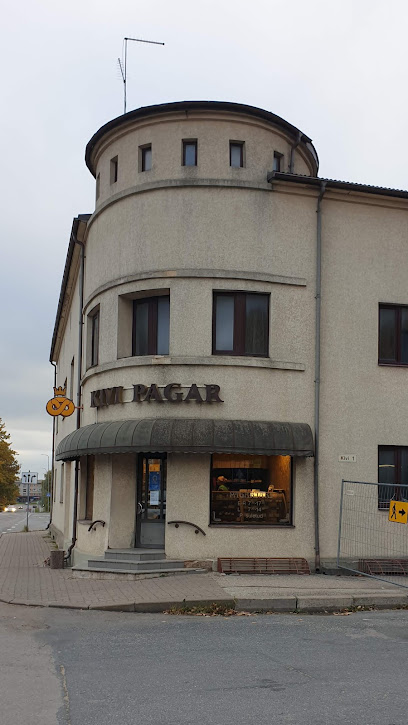
Kantre Konsum
Kantre Konsum: Your local grocery stop in Viljandi, offering fresh produce and authentic Estonian goods for a delightful shopping experience.
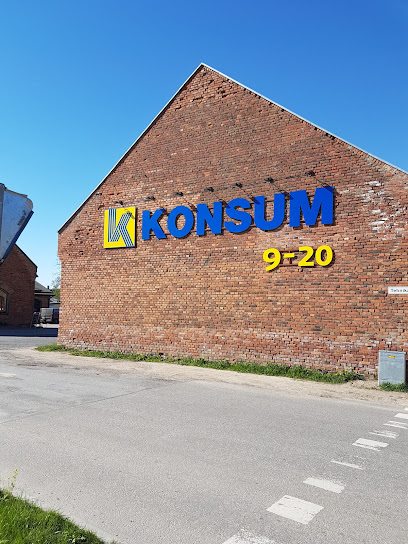
JYSK
Explore JYSK in Viljandi for stylish, affordable furniture that enhances your home and travel experience.
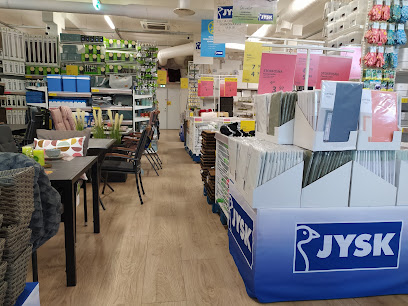
Mones & Tour Ltd
Explore Mones & Tour Ltd in Viljandi for unbeatable discounts on local goods, souvenirs, and essentials, perfect for budget-conscious travelers.
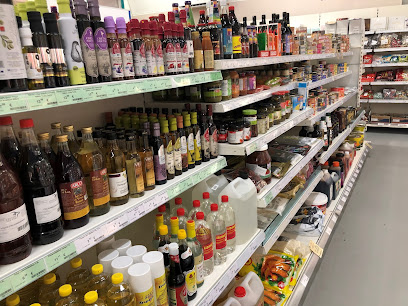
Viljandi Handymann
Discover Viljandi Handymann, your go-to do-it-yourself shop in Viljandi for all home improvement and crafting needs.
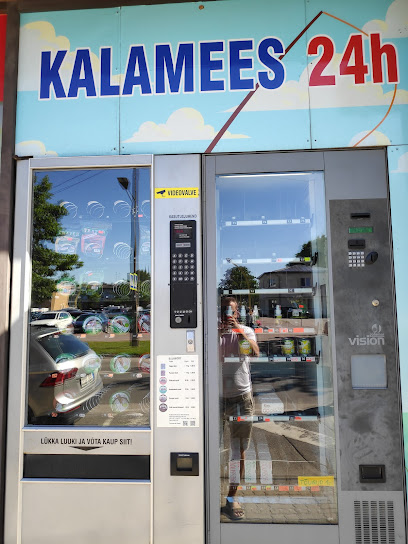
Essential bars & hidden hideouts
Fellin
Experience authentic Estonian cuisine at Fellin, a cozy restaurant in the heart of Viljandi, where fresh local ingredients meet culinary creativity.
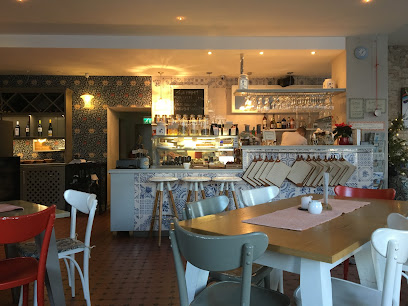
Armeenia Köök Soso Juures
Discover the flavors of Armenia at Armeenia Köök Soso Juures in Viljandi, where authentic cuisine meets warm hospitality in a cozy setting.

Tegelaste Tuba
Discover the charm of Tegelaste Tuba, a family-friendly pub in Viljandi, offering delicious food and a welcoming atmosphere for all ages.
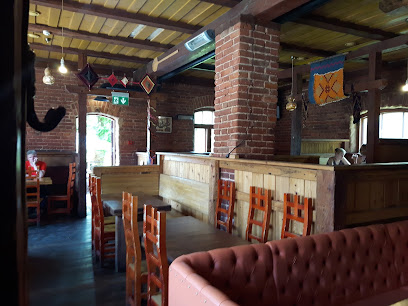
Big Brother
Discover the heart of Viljandi at Big Brother, a vibrant pub offering hearty meals and a wide selection of drinks in a welcoming atmosphere.
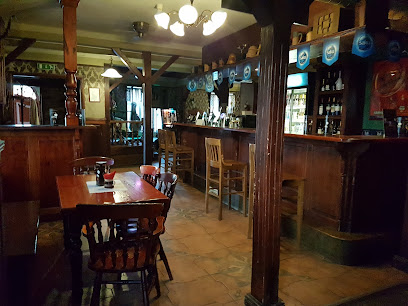
Legend
Discover Viljandi's cultural essence at Legend, a vibrant pub offering local flavors and warm hospitality in a cozy setting.

Amrita Cafe
Discover the perfect blend of delicious pizza and aromatic coffee at Amrita Cafe in Viljandi, a charming culinary retreat for every traveler.
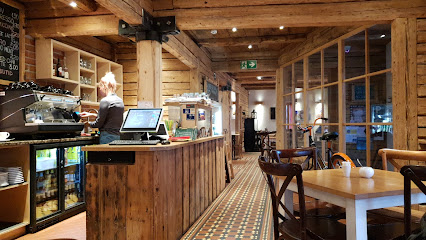
Rohelise Maja pood ja kohvik
Discover delicious local cuisine and a cozy atmosphere at Rohelise Maja in Viljandi, the perfect stop for tourists and locals alike.

koduKOHVIK
Discover the authentic flavors of Estonia at koduKOHVIK, a delightful restaurant and gift shop in the heart of Viljandi.
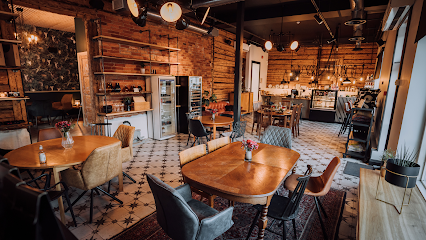
Vaga Mama
Experience the best of local and international flavors at Vaga Mama, the culinary highlight of Viljandi, Estonia.
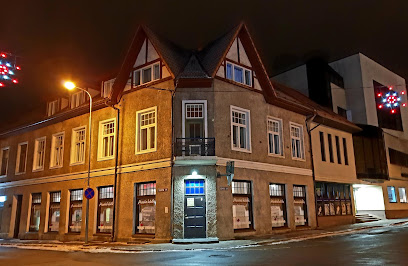
Romaan
Discover the lively atmosphere and affordable drinks at Romaan, a must-visit bar in the heart of Viljandi, Estonia.
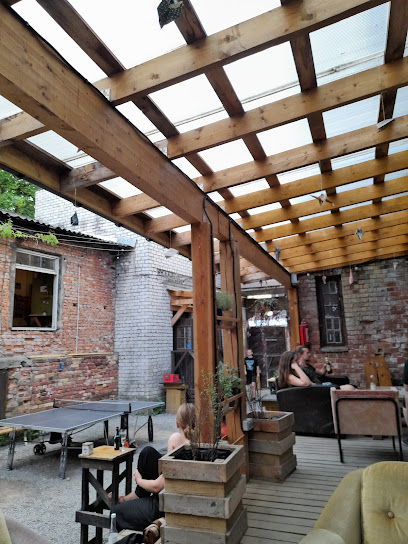
Viljandi Lennukitehas MTÜ
Experience the cozy charm of Viljandi Lennukitehas MTÜ, a local bar perfect for unwinding with affordable drinks and delightful ambiance.

Vinoteek Mulks
Discover Vinoteek Mulks – a charming bar in Viljandi offering an extensive drink selection in a cozy atmosphere.
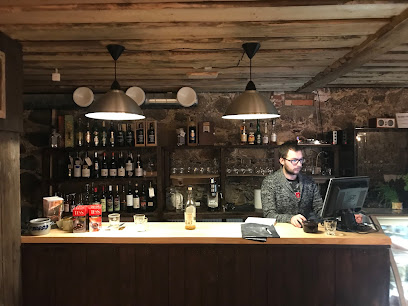
Villa Maria Viljandi
Experience the charm of Villa Maria Viljandi, a stylish cafeteria and cocktail bar offering delicious cuisine and an inviting atmosphere in the heart of Estonia.
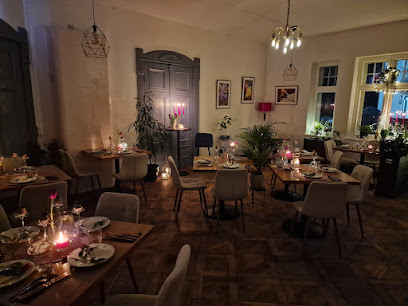
Club Lounge
Discover the electrifying nightlife at Club Lounge, a premier bar and nightclub in Viljandi, Estonia, where music and fun come alive.
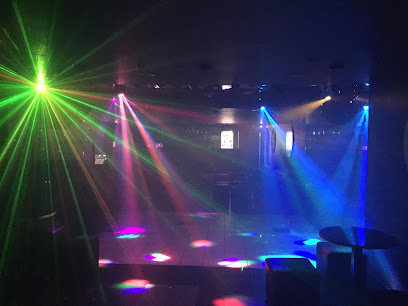
KELM
Discover KELM in Viljandi, a cozy bar offering a vibrant atmosphere, fantastic drinks, and a perfect spot to unwind after exploring Estonia's charming town.

Travel experiences inspired by this city
Explore more travel diariesLocal Phrases
-
- HelloTere
[teh-reh] - GoodbyeHead aega
[heh-ad ah-eh-gah] - YesJah
[yah] - NoEi
[ay] - Please/You're welcomePalun
[pah-loon] - Thank youAitäh
[eye-taah] - Excuse me/SorryVabandage
[vah-bahn-dah-geh] - How are you?Kuidas sul läheb?
[kwee-dahs sool leh-heb] - Fine. And you?Hästi. Aga sina?
[hahs-tee. ah-gah see-nah] - Do you speak English?Kas te räägite inglise keelt?
[kahs teh raah-gi-teh een-glee-seh kehlt] - I don't understandMa ei saa aru
[mah ay sah ah-roo]
- HelloTere
-
- I'd like to see the menu, pleaseMa tahaksin menüüd näha, palun
[mah tah-hahk-seen meh-noo-ed nah-hah, pah-loon] - I don't eat meatMa ei söö liha
[mah ay soh lee-hah] - Cheers!Terviseks!
[tehr-vee-seks] - I would like to pay, pleaseMa tahaksin maksta, palun
[mah tah-hahk-seen mahk-stah, pah-loon]
- I'd like to see the menu, pleaseMa tahaksin menüüd näha, palun
-
- Help!Appi!
[ah-pee] - Go away!Minge minema!
[meen-geh mee-neh-mah] - Call the Police!Helistage politseisse!
[heh-lee-stah-geh poh-leets-eh-ee-seh] - Call a doctor!Helistage arstile!
[heh-lee-stah-geh ahr-stee-leh] - I'm lostMa olen eksinud
[mah oh-lehn ehk-see-nood] - I'm illMa olen haige
[mah oh-lehn hai-geh]
- Help!Appi!
-
- I'd like to buy...Ma tahaksin osta...
[mah tah-hahk-seen oh-stah] - I'm just lookingMa vaatan lihtsalt
[mah vah-tahn leekh-stahlt] - How much is it?Kui palju see maksab?
[kwee pahl-yoo seh mahk-sahb] - That's too expensiveSee on liiga kallis
[seh ohn leeh-gah kah-lees] - Can you lower the price?Kas saate hinda alandada?
[kahs sah-teh hin-dah ah-lahn-dah-dah]
- I'd like to buy...Ma tahaksin osta...
-
- What time is it?Mis kell on?
[mees kell ohn] - It's one o'clockOn üks
[ohn uks] - Half past (10)Pool (10) (üksteist)
[pohl (uks-teist)] - MorningHommik
[hohm-meek] - AfternoonPärastlõuna
[pah-rahs-tloh-oo-nah] - EveningÕhtu
[ohkh-too] - YesterdayEile
[ay-leh] - TodayTäna
[tah-nah] - TomorrowHomme
[hohm-meh] - 1Üks
[uks] - 2Kaks
[kahks] - 3Kolm
[kohlm] - 4Neli
[neh-lee] - 5Viis
[vees] - 6Kuus
[koos] - 7Seitse
[sayt-seh] - 8Kaheksa
[kah-hehk-sah] - 9Üheksa
[u-hehk-sah] - 10Kümme
[kuhm-meh]
- What time is it?Mis kell on?
-
- Where's a/the...?Kus on...?
[koos ohn] - What's the address?Mis on aadress?
[mees ohn ah-ah-dress] - Can you show me (on the map)?Kas saate mulle näidata (kaardil)?
[kahs sah-teh muhl-leh nah-ee-tahdah kah-ahr-deel] - When's the next (bus)?Millal on järgmine (buss)?
[meel-lahl ohn yairg-mee-neh boos] - A ticket (to ....)Pilet (....le)
[pee-leht leh]
- Where's a/the...?Kus on...?
History of Viljandi
-
Viljandi's history dates back to the 13th century when it was first mentioned in written records in 1211. The town is believed to have been established by the ancient Estonians, and it quickly became a significant settlement due to its strategic location.
-
In the early 13th century, the Livonian Order, a branch of the Teutonic Knights, constructed the Viljandi Castle on the hill overlooking the town. The castle became one of the most formidable fortresses in the region, playing a crucial role in the military and political landscape of medieval Livonia.
-
Viljandi joined the Hanseatic League in the 14th century, which significantly boosted its economy and trade. The town became a bustling trading hub, attracting merchants and craftsmen from various parts of Europe. This period marked the golden age of Viljandi, with its market square and guild houses reflecting the prosperity of the time.
-
Throughout the 16th and 17th centuries, Viljandi experienced numerous power shifts between Swedish and Polish rule. Each regime left its mark on the town's culture and architecture. During Swedish rule, many reforms were introduced, and the town saw improvements in its infrastructure and education system.
-
The early 18th century brought turmoil to Viljandi as the Great Northern War swept across the region. The town was heavily damaged during the conflict, and the once-mighty Viljandi Castle fell into ruins. Despite the destruction, Viljandi gradually recovered and rebuilt itself in the following decades.
-
Following World War I, Viljandi became part of the newly independent Republic of Estonia in 1918. However, the town's freedom was short-lived as it was later occupied by Soviet forces during World War II. Under Soviet rule, Viljandi saw industrial growth but also faced political repression. It wasn't until 1991, with the collapse of the Soviet Union, that Viljandi regained its independence as part of the re-established Republic of Estonia.
-
Today, Viljandi is renowned for its vibrant cultural scene and historical heritage. The town hosts the annual Viljandi Folk Music Festival, which attracts artists and visitors from around the world. The picturesque ruins of Viljandi Castle, along with the town's well-preserved medieval architecture, continue to draw tourists, making Viljandi a vital cultural and historical destination in Estonia.
Viljandi Essentials
-
Viljandi is located in southern Estonia and can be reached by various means. The nearest major airport is Lennart Meri Tallinn Airport, approximately 150 kilometers away. From Tallinn, you can take a bus directly to Viljandi, which takes around 2 to 2.5 hours. Alternatively, you can also take a train from Tallinn to Viljandi, offering a scenic route through the Estonian countryside.
-
Viljandi is a small town, and many of its attractions are within walking distance. For longer trips, local taxis are available and relatively inexpensive. Public buses operate within the town and connect to nearby villages. Renting a bicycle is also a popular option for exploring Viljandi, especially during the warmer months.
-
The official currency in Estonia is the Euro (EUR). Credit cards are widely accepted in hotels, restaurants, and shops in Viljandi. ATMs are available throughout the town, so it is easy to withdraw cash if needed. However, it is advisable to carry some cash, especially if you plan to visit smaller establishments or rural areas.
-
Viljandi is generally a safe destination for tourists. However, it is always advisable to take standard precautions. Avoid walking alone at night in unfamiliar areas and keep an eye on your belongings in crowded places. As of now, there are no specific high-crime areas targeting tourists, but it is always best to stay vigilant and aware of your surroundings.
-
In case of emergency, dial 112 for immediate assistance. The local police station and medical facilities are available in Viljandi. It is recommended to have travel insurance that covers medical emergencies. For minor health issues, there are pharmacies in the town where you can purchase over-the-counter medications.
-
Fashion: Do dress in layers, as the weather can be unpredictable. Comfortable walking shoes are recommended. Religion: Do respect local customs and traditions, especially when visiting churches. Public Transport: Do be respectful and give up your seat to elderly passengers. Don't eat or drink on public transport. Greetings: Do greet people with a friendly 'Tere!' (Hello in Estonian). A handshake is also common. Eating & Drinking: Do try local delicacies and accept food offerings graciously. Don't refuse hospitality, as it is considered impolite.
-
To experience Viljandi like a local, visit the local markets where you can buy fresh produce and traditional Estonian goods. Engage with locals, as they are often friendly and willing to share stories about the town's history and culture. Don't miss visiting the Viljandi Castle ruins and the annual Viljandi Folk Music Festival, which attracts musicians and visitors from all over the world.
Trending Landmark in Viljandi
-
Estonian Traditional Music Center
-
Viljandi Castle Hill
-
Viljandi vana veetorn
-
Kondase Keskus
-
Viljandi Suspension Bridge
-
Schloss Fellin
-
Vinoteek Mulks
-
Viljandi Castle Ruins
-
Viljandi Museum
-
Viljandi järve rand
-
Viljandi lossimäed
-
Equestrian statue of General Johan Laidoner
-
J. Laidoneri plats
-
Raekoja plats
-
Vabaduse plats
Nearby Cities to Viljandi
-
Things To Do in Paide
-
Things To Do in Pärnu
-
Things To Do in Tartu
-
Things To Do in Valga
-
Things To Do in Rapla
-
Things To Do in Võru
-
Things To Do in Rakvere
-
Things To Do in Cesis
-
Things To Do in Tallinn
-
Things To Do in Haapsalu
-
Things To Do in Sigulda
-
Things To Do in Jõhvi
-
Things To Do in Riga
-
Things To Do in Kärdla
-
Things To Do in Kuressaare






